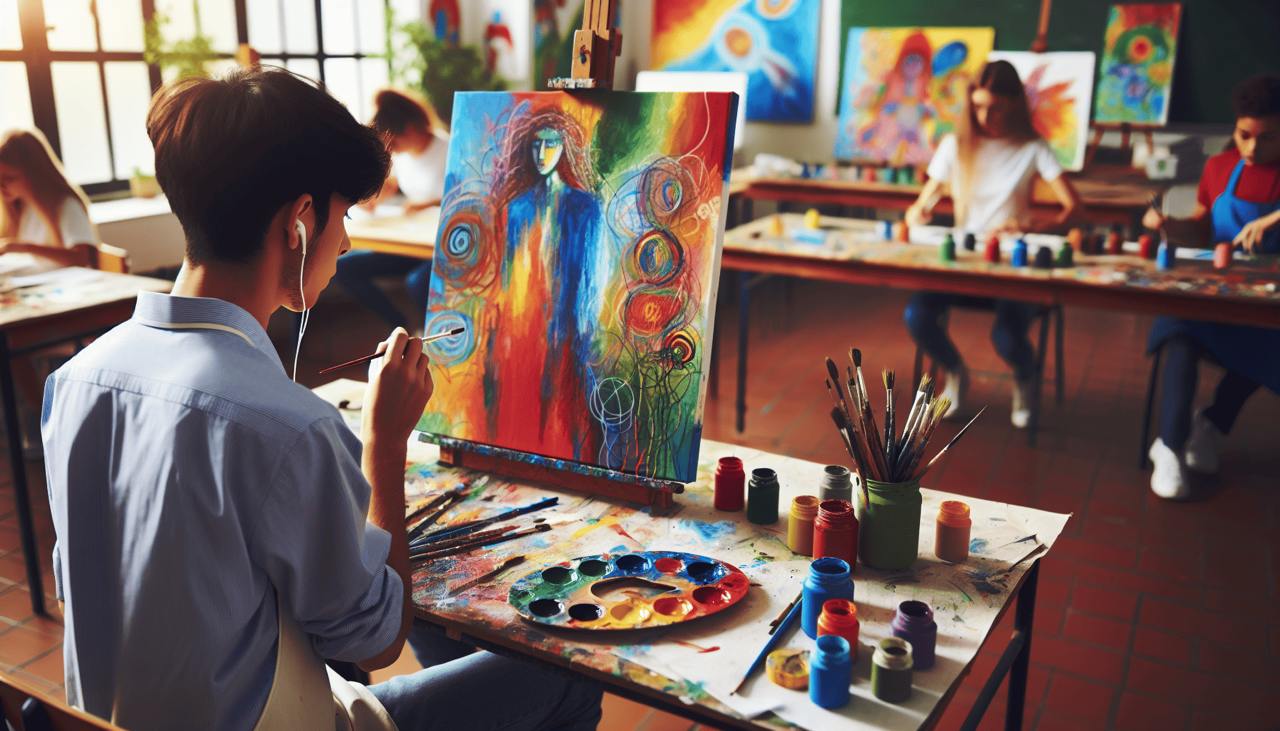Arts education plays a pivotal role in shaping young minds, contributing significantly to both cognitive and emotional development. Integrating arts into the educational curriculum not only enriches students' learning experiences but also equips them with essential life skills that extend beyond the classroom. From boosting creativity and critical thinking to fostering empathy and collaboration, the benefits of arts education are manifold.
One of the primary cognitive benefits of arts in education is the enhancement of creativity. Engaging in artistic activities such as drawing, painting, music, or drama encourages students to think outside the box and explore new solutions to problems. These creative skills are crucial in a rapidly changing world where innovation and adaptability are valued more than ever. Moreover, arts education enhances critical thinking and problem-solving skills. By interpreting art, students learn to analyze and synthesize information, and express their findings in unique ways. This process of inquiry and expression hones their ability to make reasoned judgments and comparisons.
Emotionally, arts education plays a critical role in fostering empathy and emotional intelligence. Through the exploration of various artistic expressions, students gain insights into different cultures and perspectives, nurturing an understanding and appreciation of diversity. This exposure helps cultivate empathy, a fundamental skill in developing emotional connections with others. Additionally, participating in art activities can be an emotional outlet for students, providing them with a safe space to express their feelings and build self-awareness. As they work through artistic challenges, students develop resilience and learn to manage their emotions constructively.
Incorporating arts into the curriculum also enhances students' academic achievements. Studies reveal that students engaged in arts education have higher standardized test scores and better attendance records. Arts programs encourage active participation and engagement, making learning more dynamic and impactful. For instance, integrating music into mathematics can help students understand patterns and sequences, while drama can improve language skills through storytelling and role-play.
Several effective programs worldwide demonstrate the successful integration of arts into educational curricula. One notable example is the Arts in Education initiative by the John F. Kennedy Center for the Performing Arts. This program partners with schools to enrich arts education, providing teachers with resources and support to integrate arts into existing subjects. Similarly, the Creative Partnerships program in the UK highlights collaborative approaches between schools and creative professionals, enhancing students' creative learning experiences.
International models, such as Finland's emphasis on creativity and arts in their national curriculum, showcase the broader impact of such educational strategies. Finland's approach reflects a holistic understanding of learning, where the arts are interwoven into various subjects, promoting a balanced and comprehensive educational experience.
In conclusion, integrating the arts into educational development is not merely an enrichment but a necessity for preparing students for complex future challenges. By fostering creativity, critical thinking, and emotional intelligence, arts education cultivates well-rounded individuals who are equipped to contribute positively to society. By adopting successful arts programs and promoting artistic exploration within the curriculum, educators can unlock their students' potential, ensuring they thrive both academically and personally.
